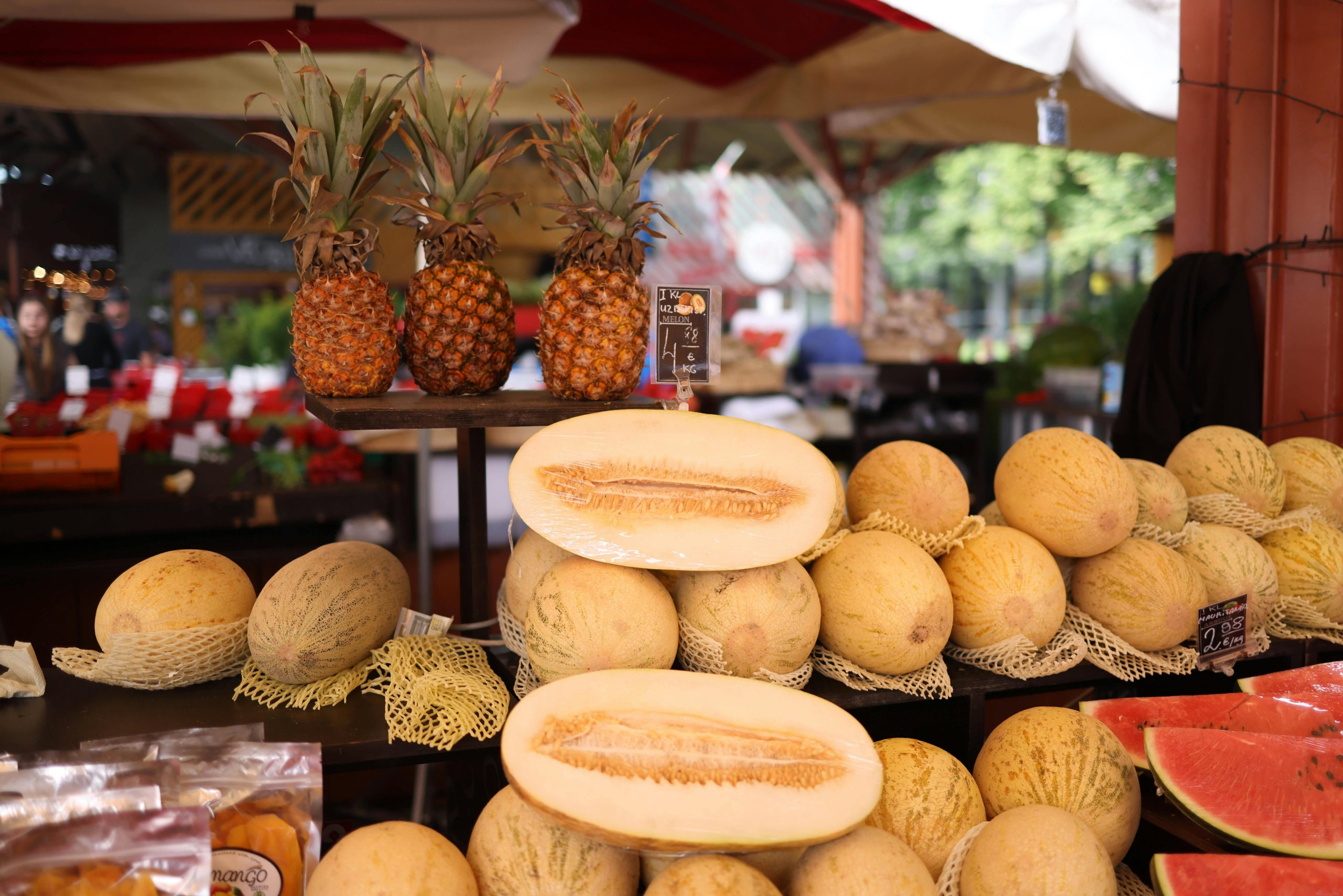A complete guide to shopping for organic and local foods
Are you a health-conscious shopper looking to make more sustainable choices when it comes to your food purchases? If so, you have probably heard all about the benefits of organic and locally-sourced foods. Not only do these options often have a smaller carbon footprint, but they also offer a variety of health and taste benefits. However, navigating the world of shopping for organic and local foods can be overwhelming. With so many different labels, certifications, and options to choose from, it’s easy to feel lost in the supermarket aisles. But fear not, in this complete guide, we’ll break down everything you need to know about shopping for organic and local foods.
What is Organic and Local Food?
Before we dive into the details of shopping for organic and local foods, let’s start with the basics. What exactly do these terms mean? Organic food refers to produce and other agricultural products that are grown and processed without the use of synthetic fertilizers, herbicides, and pesticides. In the United States, the United States Department of Agriculture (USDA) regulates organic production and sets standards for labeling.
Similarly, local food can have several different definitions, but generally, it refers to food that is produced and sold within a limited distance from where it is grown. This can range from a specific region or state to a certain number of miles. Purchasing from local farms and producers not only supports the local economy, but it also cuts down on the environmental impact of transportation and ensures fresher, often tastier, produce.
The Benefits of Organic and Local Food
One of the main reasons people choose to shop for organic and local foods is for the health benefits. Studies have shown that organic produce is significantly higher in nutrients and antioxidants than conventionally grown produce. Additionally, choosing organic and local foods can reduce your exposure to harmful chemicals and pesticides.
Choosing local foods also has numerous benefits for the environment. By purchasing produce that is grown nearby, you are reducing the carbon footprint associated with transportation. This helps to combat climate change and supports sustainable farming practices. Local farms also often prioritize ethical treatment of animals and have smaller-scale, more diverse agricultural systems, which can improve soil health and increase biodiversity.
How to Identify Organic and Local Foods
Now that you understand the benefits of organic and local foods, the next step is knowing how to identify them when shopping. Let’s start with organic foods. In the United States, look for the USDA organic seal on your food products. This indicates that the product has been produced and processed according to strict USDA regulations.
For local food, it may require a bit more work on your part. First, familiarize yourself with the grocery stores and farmers’ markets in your area. Check their websites and social media pages to see if they highlight local produce or if they have any partnerships with nearby farms. When shopping, look for labels or signs that identify the origin of the produce. You can also ask a store employee for information on where the food is sourced from.
Navigating Labels and Certifications
When it comes to organic and local foods, there are a variety of labels and certifications to look out for. These labels can provide additional information about how the food was produced and sourced. Some of the most common labels include:
– Certified Organic
We’ve already discussed the USDA organic seal, but there are other organic certification bodies, such as Oregon Tilth, that also have strict standards for organic products. Look for these labels to ensure your organic produce meets high standards.
– Non-GMO Project Verified
This label indicates that the food has undergone testing and does not contain genetically modified organisms (GMOs). GMOs can have a variety of negative impacts, and many people choose to avoid them in their diet.
– Fair Trade Certified
If you’re concerned about the ethical treatment of workers in the food industry, look for the fair trade label. This certification ensures that producers are paid fair wages and have safe working conditions.
– Certified Humane Raised and Handled
For those who prioritize the ethical treatment of animals, this label ensures that animals were raised and slaughtered humanely. This applies to meat, poultry, dairy, and eggs products.
It’s essential to note that not all certifications and labels are created equal, and some may have more stringent standards than others. Do your research to understand which certifications align with your values and priorities.
Shopping Strategies for Organic and Local Foods
Now that you know how to identify organic and local foods and understand the benefits of each, it’s time to put your knowledge into practice. Here are some shopping strategies to help you make the best choices for your health and the environment:
– Shop at Farmers’ Markets
Farmers’ markets are a great place to find fresh, local produce. You can often speak directly with the farmers and learn about their growing practices. Plus, buying directly from the source can help support small, local businesses.
– Join a Community Supported Agriculture (CSA) Program
CSAs are a great way to support local farmers and receive a regular supply of fresh, seasonal produce. You pay upfront for a share of a farm’s harvest and receive a weekly or biweekly box of produce.
– Purchase in Bulk and Preserve
Organic and local foods can be more expensive than conventionally grown products. Consider buying in bulk and preserving foods through canning, freezing, or drying to save money and reduce waste.
– Be Flexible with What’s in Season
Shopping for organic and local foods may require some flexibility in your meal planning. Rather than sticking to a strict shopping list, be open to trying new produce that is in season and readily available from local farms.
Final Thoughts
Shopping for organic and local foods can seem overwhelming, but with this complete guide, you now have all the information you need to make informed choices. Remember to prioritize what matters most to you and do your research to ensure the products you’re purchasing align with your values. By supporting organic and local food options, you’re not only making a healthier choice for yourself, but you’re also contributing to a more sustainable and ethical food system.










